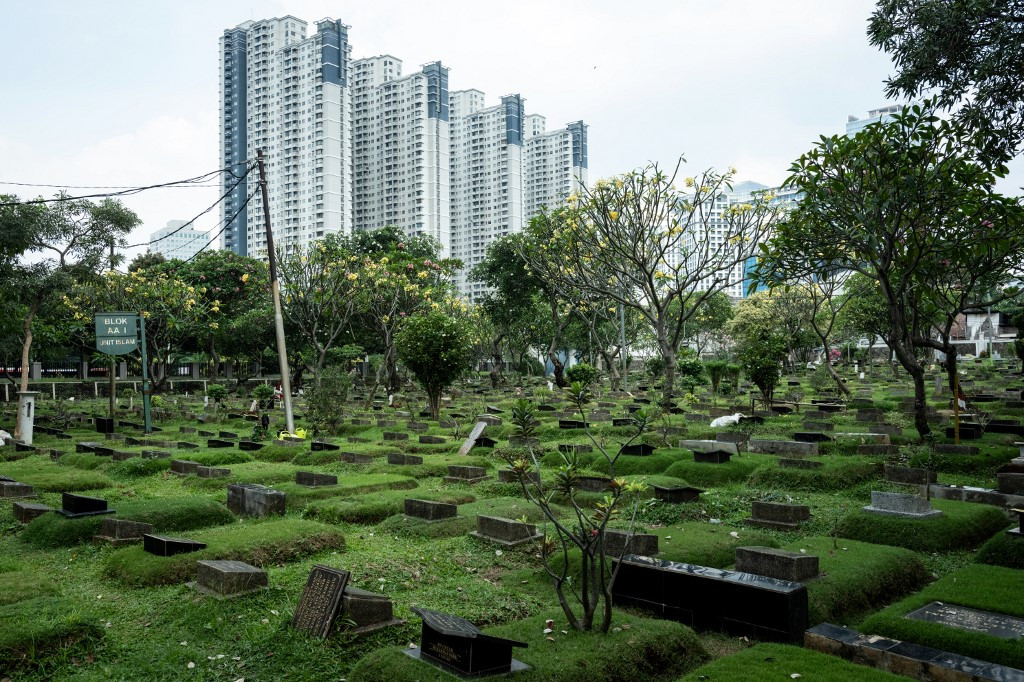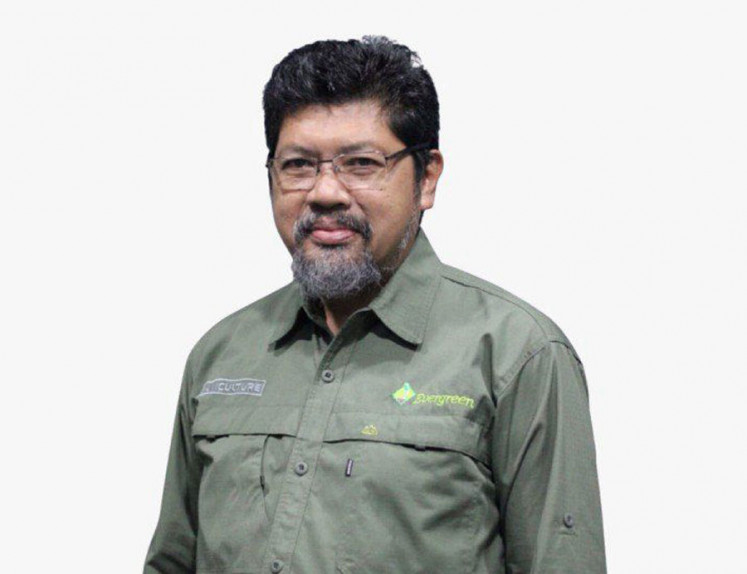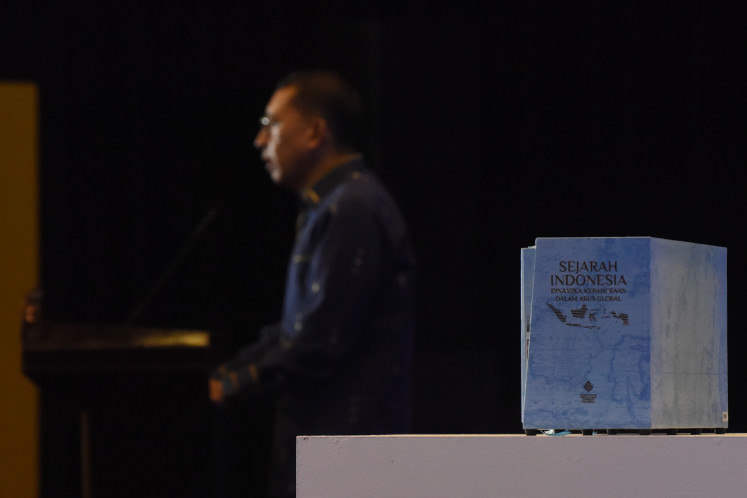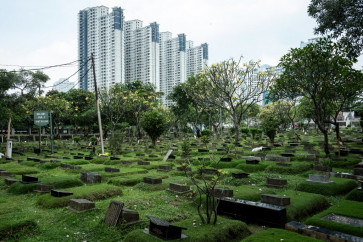Popular Reads
Top Results
Can't find what you're looking for?
View all search resultsPopular Reads
Top Results
Can't find what you're looking for?
View all search resultsGrave matters ahead
In a sinking metropolis where land prices are among the nation’s highest, even the dead are now competing for space.
Change text size
Gift Premium Articles
to Anyone
Jakarta is literally running out of room to die.
Of the capital’s 80 public cemeteries, at least 69 are full, and the remaining 11 are over 80 percent occupied, leaving roughly 118,000 available plots; enough to last only about three years, given the city’s daily average of 100 burials.
In a sinking metropolis where land prices are among the nation’s highest, even the dead are now competing for space.
The Jakarta Parks and Forestry Agency has tried to stretch the city’s remaining burial land by allowing pemakaman tumpang, stacked burials in which family members are interred vertically in the same plot.
Yet even with such adaptations, the math simply does not work. A city of 10 million people cannot expand sideways indefinitely. When the living are already struggling for affordable housing, it is unsettling to think that the same crisis may soon apply to one’s final home.
Urban sociologists have long warned that the problem is less about land scarcity than planning priorities.
Cemeteries have been treated as afterthoughts in city development, left to make do with residual land while prime areas are turned into commercial estates. It is therefore unsurprising that 86 percent of public cemeteries are full.



















